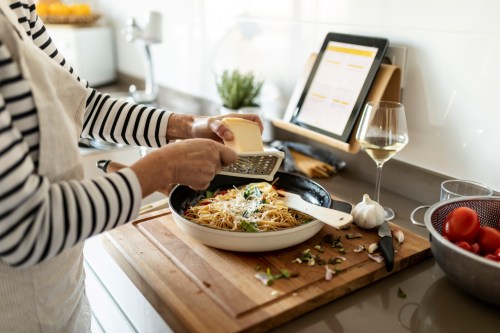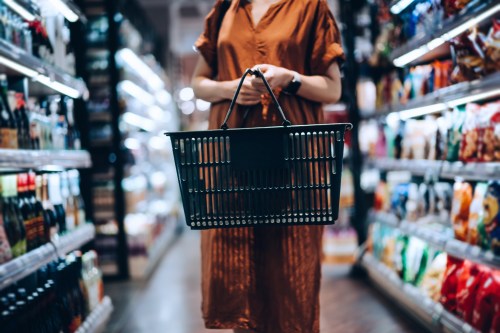Our editors independently select these products. Making a purchase through our links may earn Well+Good a commission
The beginner’s guide to cutting out processed foods
The Wellness Project author Phoebe Lapine gives tips on how to give up processed foods.
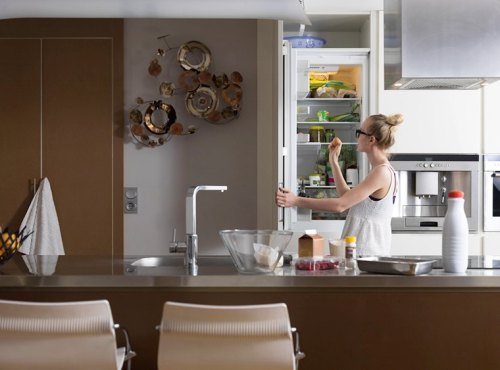
In a perfect healthy utopia, everyone would grow their own vegetables, know the vendors at the farmers’ market by name, and there’d be no need for pesky tasks like reading ingredient lists. But life in the real world means the need for fast fuel to eat post-workout, smoothies made and bottled by someone who doesn’t get a headache from the roar of a Vitamix, and ready-made dinners that warm up in the short pause between Netflix episodes.
Virtually everyone knows that whole foods are healthier than their processed counterparts. The real question when it comes to cutting out processed foods is how to continue living your busy, on-the-go life while doing it. If anyone understands the struggle it’s The Wellness Project author Phoebe Lapine. She didn’t cut out processed foods (yes, that includes gluten and dairy) because she wanted to, she had to after being diagnosed with Hashimoto’s thyroiditis, an autoimmune disease. Suddenly, anything inflammatory was off limits.
“It wasn’t that I ate so terrible before my diagnosis, but I did eat a lot of ‘healthy’ processed foods, like energy bars.”
“It wasn’t that I ate so terrible before my diagnosis, but I did eat a lot of ‘healthy’ processed foods, like energy bars,” she says. Lapine had already given up gluten, but found herself freely tossing anything with a GF label in her grocery cart without thinking twice. It wasn’t until she really had to scrutinize her eating habits that she became aware of how many processed foods she was actually eating.
Over time, she figured out how to stick with a whole foods diet while still living a normal, busy life. Here, she shares her tips on how to bid processed foods adieu, including which ones to start with.
Scroll down to find out how to break up with processed foods for good without going crazy (or hungry).
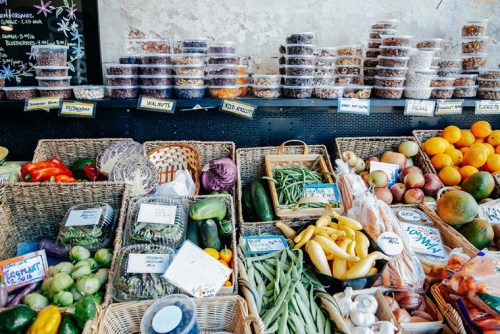
What counts as “processed”?
First things first: What exactly is off the table, so to speak? “Different people have varying definitions, but for the most part, processed food is considered anything that isn’t in its natural state,” Lapine says. “That means anything packaged or commercially processed.” So if your snack bar has a super clean label listing only nuts, fruit, and honey, it’s still technically off-limits.
That’s why Lapine says it’s important to keep what she calls “the sliding scale of processed food” in mind. “A gluten-free bread full of weird additives is a lot more processed than a French baguette you get from the farmers’ market where the ‘process’ for making it has been the same for hundreds of years,” she says. Basically, some foods are more processed than others.
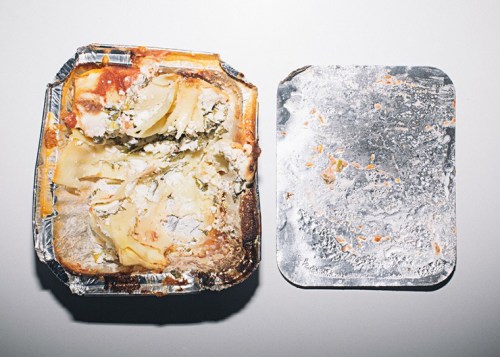
What to nix first
Keeping the sliding scale in mind, the items with an ingredients list as long as an encyclopedia make the most sense to cut first. As Lapine points out, if you don’t know what it is or can’t pronounce it, odds are, it isn’t going to do your body any good. Microwavable meals, vending machine chips, candy—the worst offenders are often the most obvious.
While you may be tempted to go full-throttle with your diet makeover, Lapine says it’s best to take baby steps. “Zero to 100 isn’t going to be attainable,” she says. “To me, there’s a difference between a frozen lasagna you pop in the microwave and a jar of tomato sauce. Yes, both are processed, but even just the simple act of boiling water, making pasta, and heating up sauce helps get you in the habit of making homemade food, and that’s the first step. Then once you get used to that, you can try making your own sauce.”
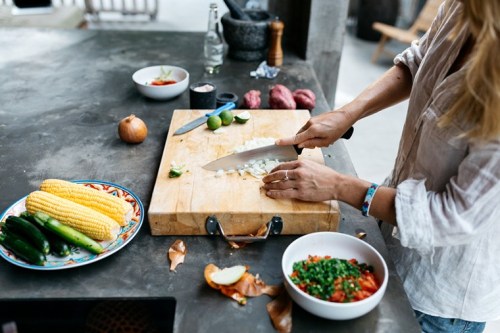
Going all in
After weeding out the usual suspects, Lapine says it will be easier to eliminate the sneakier processed foods, like energy bars. But she also points out that as long as the snacks are made with whole foods, you really shouldn’t drive yourself crazy avoiding them. “It’s okay if you’re at the airport or out somewhere and you don’t happen to have your homemade trail mix in your purse so you grab a Kind bar,” she says. “If you’re eating whole foods at home the majority of the time, don’t beat yourself up about it.”
Lapine says that the biggest change when switching to a whole foods-only diet is that it involves more time in your kitchen. That’s where meal prep and batch cooking comes in. Again, she suggests taking it slow. “Start with just planning out your breakfasts for the week or your lunches and focus on that,” she says.
Once you’ve mastered cutting out processed foods for breakfast, lunch, and snacks, it’s time to take on dinner—which can be especially difficult if you tend to work late or take evening workout classes. Lapine’s pro tip is to stock up on good “building block” ingredients like sweet potatoes and quinoa. Then, all you really have to do is put them together and heat them up.
Overall, our expert easing in to a life without processed foods is the key to lasting success. And, for goodness sake, cut yourself some slack if you can’t make it happen 100 percent of the time. Lapine knows firsthand: “With any diet, you have to learn to give yourself a break now and then.”
Here are some more tips for nailing down your meal prep routine. And these are the 7 ingredients you’ll rely on the most.


